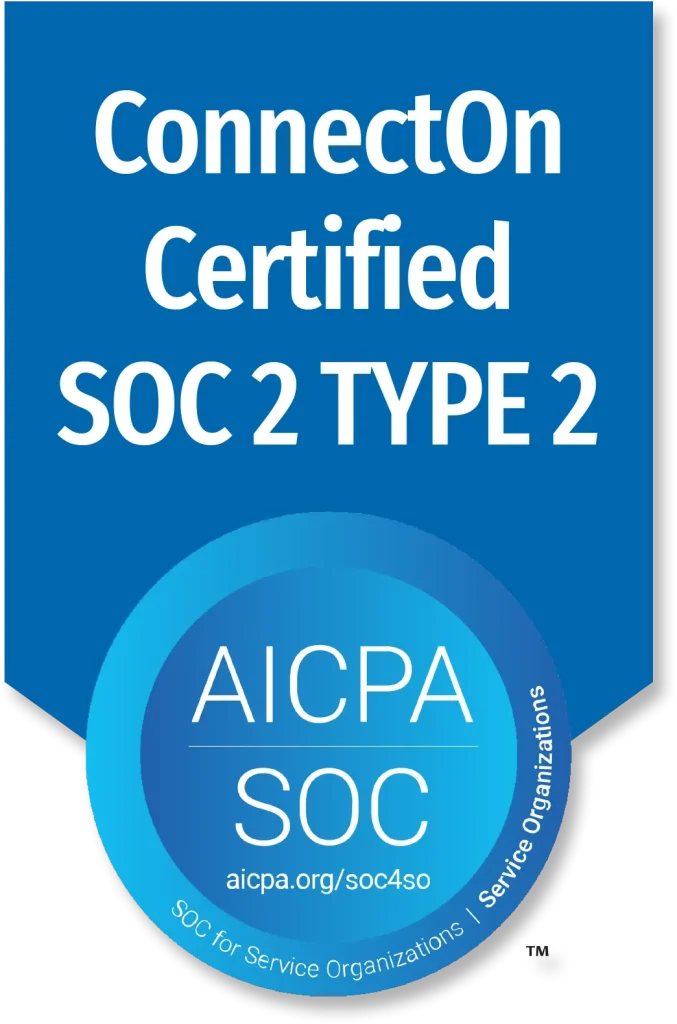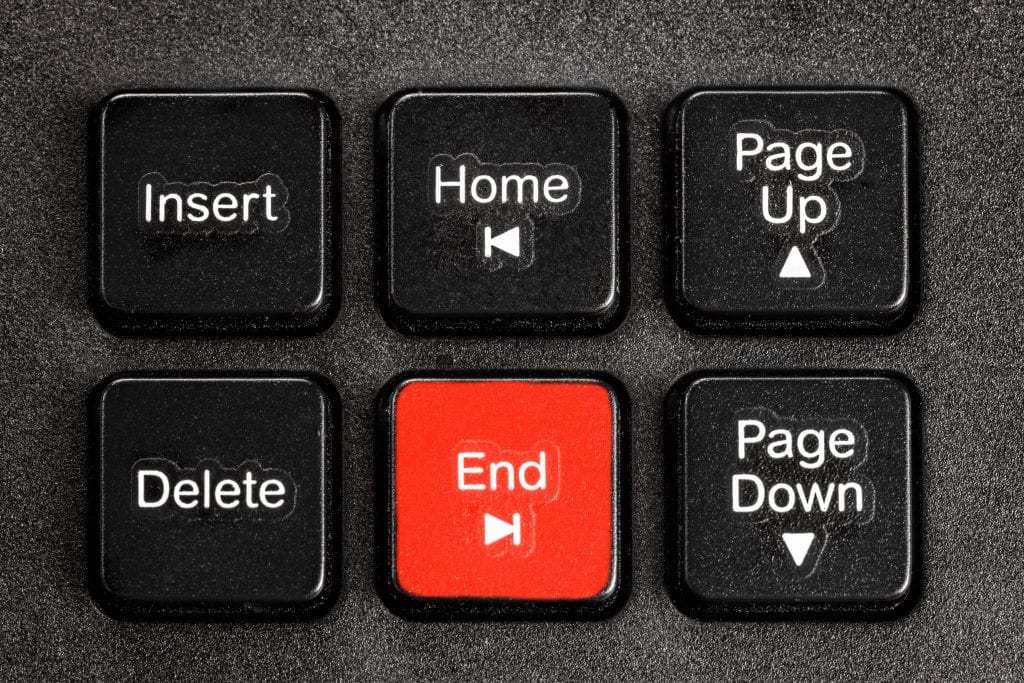The end is near. Microsoft will end support for Windows 7 on January 14, 2020. Sales, support, security monitoring, and updates will cease. Although the operating system (OS) is ten years old, it is still very commonly utilized. If you are a current user, it is time to transition to Windows 10 or another OS to avoid vulnerability to new viruses and malware.
Windows 7 generally became available (GA) in October of 2009 as the successor to Windows Vista. It is still a popular OS, holding 27.98% of desktop Windows market share worldwide. However, due to the impending end-of-support, market share is declining. As anticipated, Windows 10 is gaining market share as the top replacement for Windows 7.
Microsoft Support Lifecycle
Microsoft products begin their support lifecycle upon release. Mainstream support lasts for five years following GA and includes full support, performance improvements, and security patches. Mainstream support for Windows 7 ended in January 2015. Extended support is available once mainstream support terminates. It is available for purchase but limited to security updates and bug fixes. Finally, products reach end-of-support when all support for the product ends.
Current users of Windows 7 with the most recent update will receive notifications that remind them to upgrade to Windows 10. If you or your staff are running Windows 7, it is time to plan your transition. Without security updates, you are susceptible and at risk of emergent threats.
What Can Businesses Do To Prepare For Windows 7 End-Of-Support?
Even though Windows 7 will continue to function, it does not mean you should continue to use it. Hackers tend to target outdated software with malicious viruses. WannaCry and Petya, for example, exploited a weakness in the Microsoft Windows SMB protocol. Fortunately, patches were available, but this will not be the case for Windows 7 as of January 14, 2020.
The best thing an individual or business can do to prepare for Windows 7 end-of-life is to consider an upgrade to a supported operating system.
The good news is, you have options – upgrade your current PC to Windows 10, purchase a new PC with Windows 10, or migrate to another OS.
If you would like to discuss your current environment and develop an upgrade plan that works for your business, contact a ConnectOn expert. We will work with you to assess your situation, identify Windows 7 devices, explain your options, and perform the upgrade or migration without disrupting your business.



